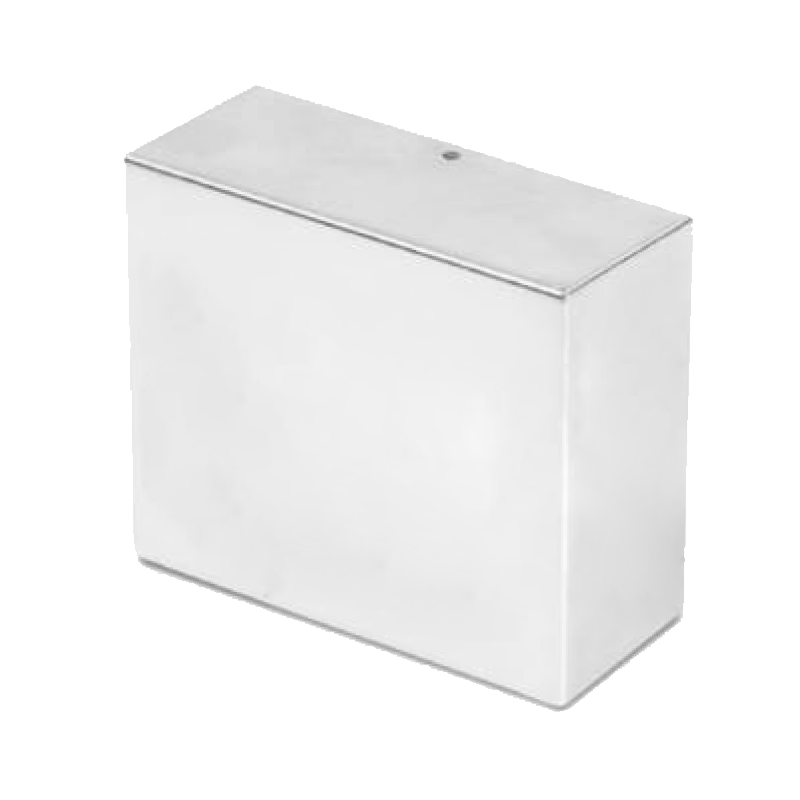Research on Pulse Shaping of High-Voltage Power Supply for Excimer Lasers
1 Introduction
Excimer lasers, characterized by short wavelengths (UV to DUV), high power density, and nanosecond pulse output, are indispensable in fields such as lithography, material processing, medical treatment, and inertial confinement fusion (ICF). The pulse shaping technology of their core driving unit—the high-voltage power supply—directly determines laser output energy stability, waveform precision, and system reliability. This article analyzes core methods, key technological breakthroughs, and application prospects of pulse shaping from the perspective of high-voltage power supply challenges.
2 Classification and Principles of Pulse Shaping
2.1 Time-Domain Quenching Method
Pulse compression is achieved by controlling gain saturation and quenching timing of amplified spontaneous emission (ASE) pulses:
• Theoretical Model: Dynamic equations of particle inversion in discharge cavities establish delay and intensity expressions for time-domain quenching, optimizing pulse width.
• Experimental Verification: In a KrF excimer laser (248 nm), pulse width was compressed from 16.06 ns to 2.59 ns by adjusting mirror positions and deflection angles, with stability improved by 8.4 times.
2.2 Stacking Shaping Method
Complex waveforms are constructed using multi-sub-pulse incoherent beam combining:
• Flat-Top Pulse Generation: Nanosecond flat-top waveforms (pulse width 5.29 ns, flatness 3.26%) are achieved by controlling sub-pulse quantity, width, and delay.
• Stability Control: Evaluation criteria (e.g., flat-top stability ≤1.45%) mitigate energy drift.
2.3 Gain-Depletion Shaping Method
Suitable for multi-peak waveforms like those in shock ignition:
• Competitive Amplification: Injected control pulses compete with ASE, coupling specific waveforms (e.g., slow rise, fast fall) via gain saturation.
• Polarization Multiplexing: Pre-pulses (Picket) and ignition pulses (Spike) are separated via quarter-wave plates and polarizing beamsplitters, reducing optical loss.
3 Key Technical Challenges in High-Voltage Power Supplies
3.1 High-Precision Voltage Control
• PI Algorithm Optimization: Separate PI controllers for overshoot and non-overshoot pulses. The overshoot formula is:
\Delta HV_{em+1,i} = K_{eo} \cdot (E_{m,i} E_t) + I_{eo} \cdot \sum (E_{m,i} E_t)
Genetic algorithms balance energy stability and dose precision.
• Real-Time Response: Pyroelectric detectors + peak-hold circuits enable 5 kHz pulse monitoring, with voltage regulation accuracy of 0.5‰.
3.2 Thermal Effect Suppression
Gas temperature rise during discharge reduces halogen concentration, causing energy decay:
• Thermal Management Model: Relationship between discharge energy p and temperature rise:
HV_{te} = \frac{p}{m \cdot c} \cdot r
where m is medium mass, c is specific heat, and r is thermal resistance.
• Closed-Loop Cooling: Water cooling (flow rate ≤5 L/min) and gas circulation fans maintain discharge cavity temperature stability.
3.3 Fast Discharge and Resonant Charging
• Solid-State Switching: Magnetic pulse compression (MPC) modules generate 15–30 kV pulses with rise times ≤20 ns.
• Resonant Charging Topology: Reduces switching losses and improves efficiency at high repetition rates (≥1 kHz).
4 System Integration and Application Cases
4.1 Lithography Light Sources
• Two-Stage MOPA: Master oscillator (linewidth narrowed to 0.2 pm) and power amplifier meet 7 nm lithography resolution requirements.
• Dose Control: Energy stability (1σ) ≤0.75%, ensuring critical dimension overlay error <1 nm.
4.2 Inertial Confinement Fusion
• Shock Ignition Pulses: Flat-top main pulses (2.35 ns width) combined with picosecond ignition pulses compress targets.
• Beam-Target Diagnostics: Shaped pulses synchronize with plasma diagnostics, enhancing facility utilization.
5 Future Development Directions
1. Intelligent Control: Digital twin technology predicts discharge parameter changes, dynamically optimizing PI algorithm weights.
2. Broadband Adaptation: Extending to 157 nm (F₂) and 351 nm (XeF) bands to address nonlinear absorption in DUV.
3. Modular Power Design: Integrated resonant charging, magnetic compression, and thermal control units improve deployment efficiency.
6 Conclusion
Pulse shaping in high-voltage power supplies is the core driver of excimer laser performance leaps. Integrating discharge physics models, high-precision voltage control, and thermal management can break limitations in energy stability and waveform precision. Future work should explore multi-physics coupling mechanisms to advance excimer lasers in high-end manufacturing and energy applications.




















